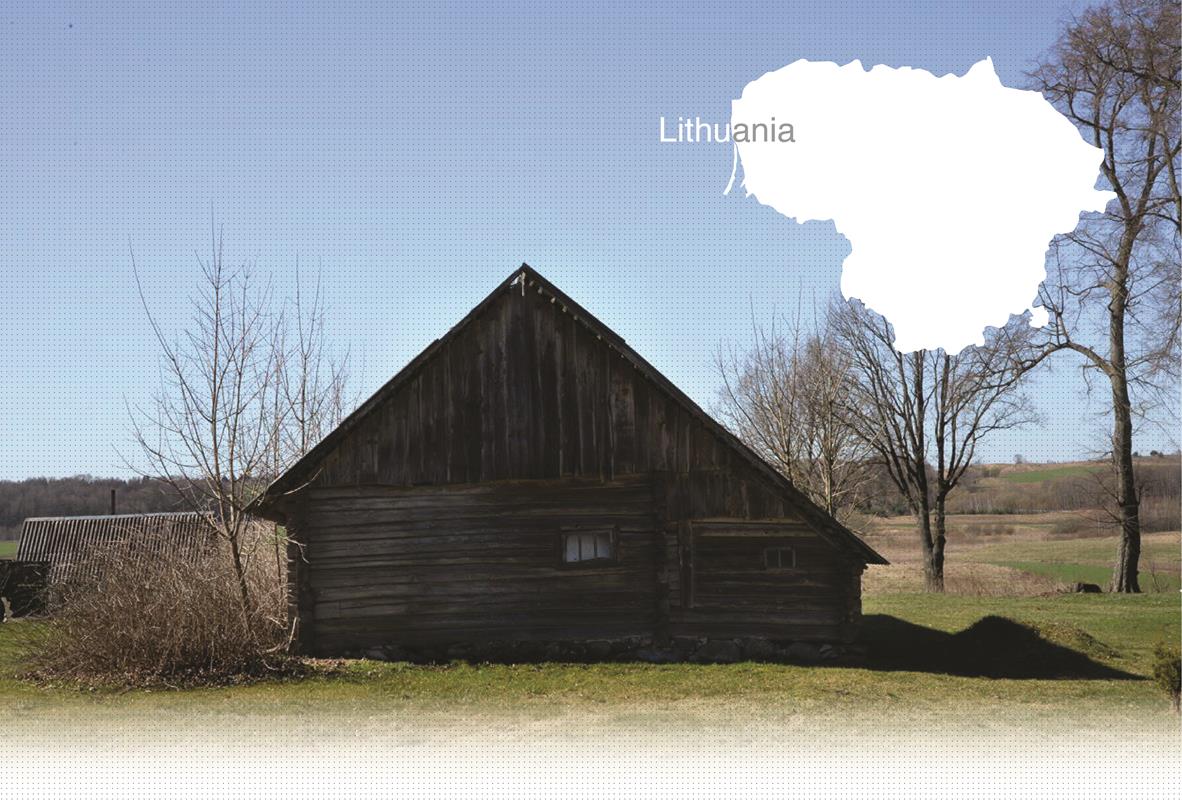

1 Killing site(s)
Mečislovas N., born in 1927: "The elderly Jews Dovydas, Taubė, Kačka were shot and buried in the Jewish cemetery in Kvėdarna. It was G. who shot them. Later, on a Sunday, ten Lithuanian white armbanders from Kvėdarna took the Jews out of their homes one by one. Mocking the rabbi, they took scissors from a store and cut off his beard. The Jews had to empty their pockets and throw their coins and watches on the street. There were German soldiers around, but everything was done by Lithuanian white armbanders. My neighbor told me that later the Jewish women were taken to the Tūbinė forest, where they were stripped naked, raped, and then executed by Lithuanian policemen."(Witness n°381LT, interviewed in Paragaudis on October 2, 2018)
Kvėdarna is a town located 38 km (24 miles) north of Tauragė, in western Lithuania. The first traces of a local Jewish community there date back to the 17th century. In 1662, 7 Jews, including 3 men and 4 women, lived there. A century later, in 1765, Kvėdarna was home to 186 Jews. These were mainly merchants and artisans. In the mid-19th century, a Jewish cemetery and synagogue were founded. At that time, about 320 Jews resided in the city.
At the beginning of the 20th century, the 671 Jews of Kvėdarna represented more than half of the town’s total population. However, in 1915, the First World War caused many of them to leave. Subsequently, by 1923, there were only 394 Jews out of a total of 950 inhabitants, representing 41% of the population. During the interwar period, the Jews were farmers, craftsmen and merchants. In addition to the cemetery and synagogue, they had a religious school (Talmud Torah), a Hebrew school, a library and a popular bank. Zionist organizations were also popular with local Jewish youth. In 1938, out of 1,100 inhabitants, 350 were Jews, representing 32% of the population.
In the summer of 1940, under the terms of the German-Soviet non-aggression pact, the region was annexed by the USSR. Under Soviet rule, all Zionist activities were outlawed and some Jewish and non-Jewish stores were nationalized.
On June 22, 1941, the German armies and their allies began their invasion of the USSR, marking the beginning of Operation Barbarossa. Kvėdarna was occupied during the first days of the attack. A few Jewish families still managed to flee the city just before the Germans arrived.
As soon as the occupation began, the German authorities established a Lithuanian auxiliary police force, whose members wore white armbands. At the same time, Jews were subjected to restrictive measures such as the mandatory wearing of a yellow star on the back and the prohibition of using their stores.
On June 29, in Kvėdarna, SS men along with the white armbanders arrested all Jewish men over the age of 15. They were rounded up in the main square, while the local rabbi was publicly humiliated by the forced shaving of his beard and hair. Then they were all deported to labor and concentration camps in Lithuania and Poland, where the vast majority perished. Shortly before that operation, 14 elderly and disabled Jews were taken to the Jewish cemetery in Kvėdarna where they were executed by a Lithuanian militiaman.
In early July 1941, Jewish women and children were gathered in a sort of ghetto around the synagogue. Under the supervision of white armbanders, many women were raped, abused or executed. In September, the remaining women and children in this ghetto were taken by trucks to Tūbinės forest, located 16 km (10 miles) east of Kvėdarna. There they were forced to undress and then shot by Lithuanian white armbanders in previously dug pits. After these shootings, there were no more Jews in Kvėdarna. The town was liberated by the Red Army in October 1944.
Do you have additional information regarding a village that you would like to share with Yahad ?
Please contact us at contact@yahadinunum.org
or by calling Yahad – In Unum at +33 (0) 1 53 20 13 17